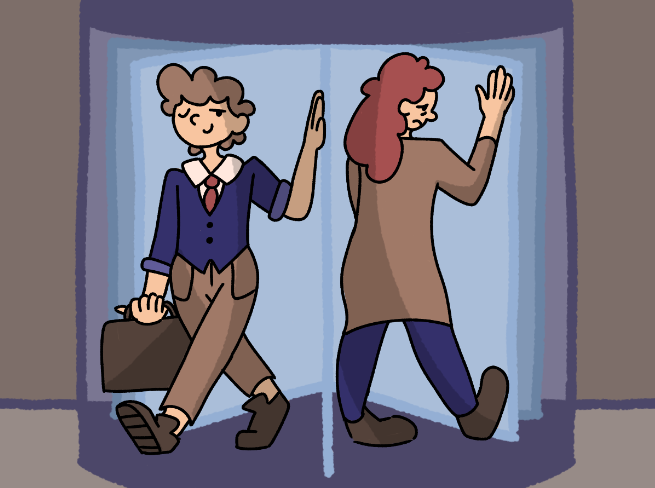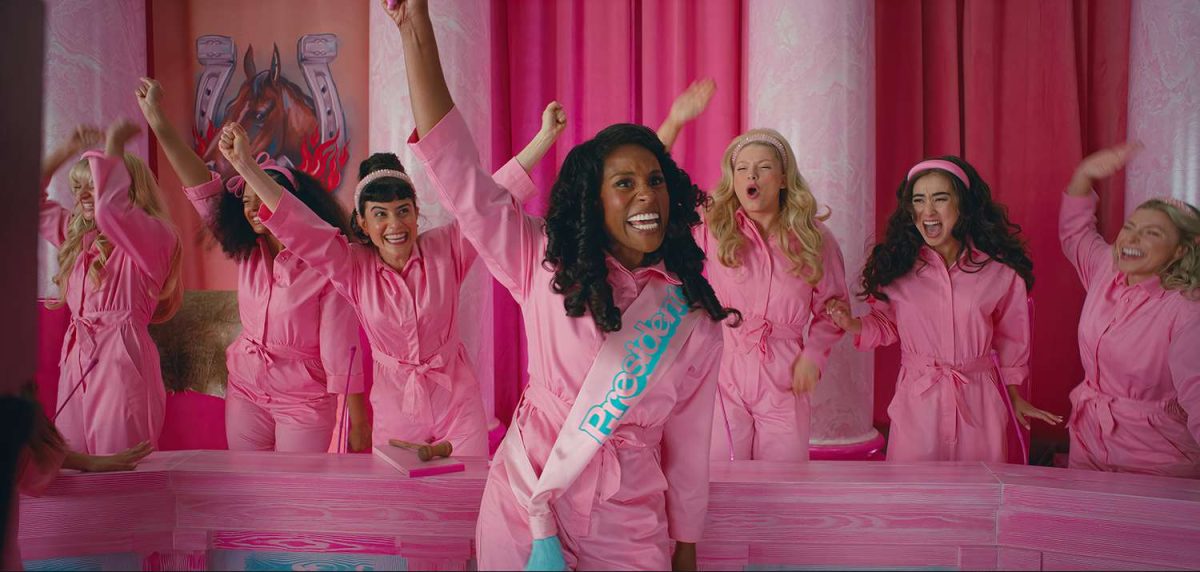For the past few years, the push for diversity in movies has only grown after breakout hits like “Black Panther,” “Crazy Rich Asians” and “Coco.” For decades, films and TV shows heavily underrepresented minorities and whitewashing happened countless times. including Mickey Rooney in “Breakfast at Tiffany’s. The social media movement #OscarsSoWhite and standalone hit movies that contain diverse casts caused a change in Hollywood’s diversity.
This change is an important one for me, as I remember sitting down as a kid on the fuzzy carpet in front of our old grey box TV that clicked every time I turned it on and watching movies like “A Christmas Story” and “Indiana Jones: Temple of Doom” on the VCR.
I didn’t initially notice the Asian tropes in those movies because of my early childhood innocence. As I endured racist jokes from the standard ching chong in elementary school to the more expletive jokes in middle school, I started to think about my identity as an Asian and why my peers were saying such ignorant things. Eventually I realized how the limited roles available for people like me in movies, treating Asian characters as nothing more than a stereotype and a comedic punching bag for the lead actors and actresses, correlated to the exact jokes that followed me.
Originally I thought of the portrayals of Asians in movies as funny because they were so ridiculous. After a while, however, it got tiring and frustrating. I kept on seeing people like me portrayed as the super brainy science whiz or the shy timid kid. Every time an extra came on screen saying, “Me no speak Engrish,” or messing up consonant sounds like in the restaurant scene in “A Christmas Story,” I thought, “I don’t speak Engrish. I speak English.”
Gradually, as I got older, the language stereotype went away in movies, but still, old habits die hard. There were few instances of Asians having tangible roles in films if they appeared at all. Sometimes their only purpose is to be insanely smart in some scenes, while in others they are the comic relief as the “useless guy” in intense situations. In the 2019 action movie “Shazam,” when the writers had the potential to portray Eugen Choi as a strong, complex Asian superhero in the character’s supporting role instead them reduced him to a caricature obsessed with playing games on his phone and epitomizing the Asian gamer/hacker hermit stereotype.
Hollywood has made positive strides in diversity in most areas this year. The University of California Los Angeles Annenberg released a report in 2018 detailing the first jump in percentage points in cast diversity for groups other than African Americans since 2007. This change, however, wasn’t as large as one might expect. For Asians it went from 5.8 percent of speaking roles in 2017 to 8.2 percent in 2018. For Latinos it only increased from 3.1 percent to 5.3 percent.
Hollywood’s efforts in 2018 were a good start, and I hope the trend continues. Having someone of the same race on screen is important to kids because it gives them a role model to look up to or allows them to have an emotional connection to the character. If the person is one-sided, only existing to uphold a stereotype for comic relief or set in motion the plot for main characters, it doesn’t set a sturdy foundation for how children see themselves in the world around them, particularly in the formative years of middle school.
The tweenage years are the bridge between childhood and teenage years. Tweens aren’t as innocent as elementary school kids, but they don’t know everything yet. Those tumultuous few years are the time where tweens start to question everything around them and ask, “Is this the way things should be?” instead of taking everything as fact because the adults said so before. It’s a time of great insecurity about how they fit in with friends and the complex social structures of middle school. Having a character that is a tangible real-life person instead of a caricature can help adolescents survive this uncomfortable phase.
I experienced this type of connection with characters on screen when I saw “Searching” about a Korean-American father (John Cho) who desperately tries to find his missing daughter. It had an exciting and engaging storyline but was also striking because the characters felt real. Because of the believability of the characters, I was engaged, and I enjoyed the movie more than if it contained shallow characters.
We want to be able to relate to characters in a movie. By giving people the chance to do that through diversified casts, movies and other forms of entertainment can draw more viewers by portraying their race realistically on screen. Because productions on the silver screen permeate so deep in our culture, it is a good influence when movies incorporate diversity in casts. I now think back and try to imagine what would have happened if more Asians had real-life personalities when I was younger. Probably the kids who teased me in school wouldn’t have had the image of different races as the stereotypes stated. Although Hollywood has made progress, it must do more, as movies still exclude people of color or feature them in only supporting roles with perpetuated stereotypes rather than as the strong lead necessary to inspire young viewers.
How does Hollywood represent you? Let us know in the comments below.
















































































